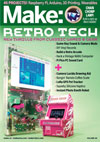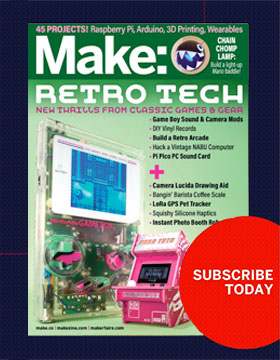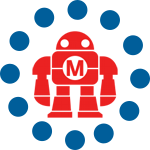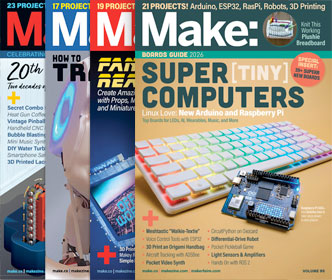
The CrunchPad, named Popular Mechanic’s 10 most brilliant products of the year (although it never came out) is not happening. Mike writes –
The entire project self destructed over nothing more than greed, jealousy and miscommunication… I’m enraged, embarrassed, and just…sad.
I bet there’s more to this story… Here’s what Ladyada who makes hardware thinks…
Although it may seem like an irrelevant point, I’m guessing the price was a big contributor to the project death. Why? because when you say up front (with no experience in hardware/manufacturing design) that you’re going to sell it for $x the scramble then becomes “how can each party squeeze margin out?” When theres very little margin, parties are more willing to bluff knowing that they can walk away and there was almost no $ on the table. Hardware has this problem, and I’ve seen it so many times, that the founder prices the hardware at only a bit (say ~30%) above the parts cost, not realizing the tons of NRE expenses, ballooning BOM, contractor costs, and the hundreds of other ways the price can easily double. Then they’re stuck: the investors/contract manufacturer/designer/customer hates them. That leads to abandonment. Please please please, if you decide to do any kind of hardware, add an extra 40% margin on top of whatever you pick. If you don’t need it, you can always cut the price later! :)
When there was a lot of buzz about the CrunchPad many curious gadget fans asked me about their “open source” and “open source hardware” tablet. I wasn’t sure if it was going to happen, it’s expensive, margins are tough, doing hardware is hard. A lot of web commenters said “exactly, this is so easy now” just get some screens, load up linux and have it boot in to a browser, it’s a weekend project, DONE!”. For folks who do hardware there’s more to it than that beyond demo-ware.
I also was worried about the marketing of the CrunchPad said “open source” just to get good will and support, this happens a lot.
Here’s what was said…
In the founding July 21, 2008 manifesto “We Want A Dead Simple Web Tablet For $200. Help Us Build It. Michael Arrington wrote: “So let’s design it, build a few and then open source the specs so anyone can create them.” “If everything works well, we’d then open source the design and software and let anyone build one that wants to.”
On the “The End Of The CrunchPad” post Mike writes…
It was so close I could taste it. Two weeks ago we were ready to publicly launch the CrunchPad. The device was stable enough for a demo. It went hours without crashing. We could even let people play with the device themselves – the user interface was intuitive enough that people “got it” without any instructions. And the look of pure joy on the handful of outsiders who had used it made the nearly 1.5 year effort completely worth it.
This sounds like it’s in a good spot to open up the designs, right? So as a follow up I’ve asked if they’re going to stick to what they said. I’m hoping they publish something.
I posted my question on TechCrunch…
mike – phil from MAKE magazine here. you said many times that the project was an open source project (the hardware and the software) – where are the files, the schematics, the source code, the PCB files, etc? is it correct to assume that “fusion garage” is not going to release any source or continue this project as an open source (software/hardware project)? if that’s the case it seems like “open source” was used again just to get good will and marketing and not really put any value in.
I also sent TechCrunch an email directly (12/1/2009 – no reply yet).
Post your thoughts in the comments!
ADVERTISEMENT
Join Make: Community Today










